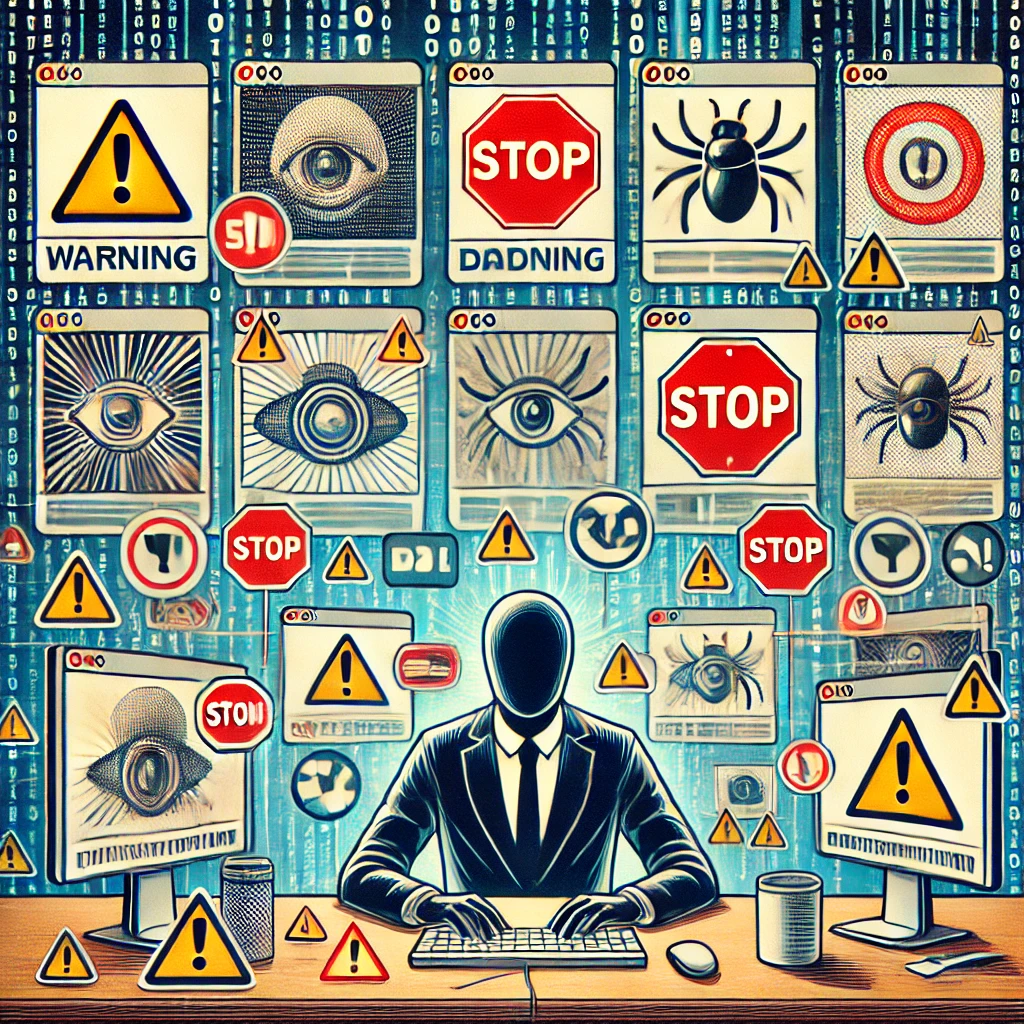The rise of AI image-generation tools has revolutionized digital content creation, making it easier than ever to produce high-quality images with just a few clicks. However, this new wave of AI-powered creativity is also presenting significant challenges for content moderation, as evidenced by a recent surge in AI-generated images depicting popular characters, like Mickey Mouse, engaging in controversial behaviors—such as smoking.
The Rise of AI Image Tools and Their Capabilities
AI image-generation tools, such as DALL-E, Midjourney, and Stable Diffusion, have become increasingly popular among digital artists, marketers, and casual users. These tools use complex algorithms to generate images from text prompts, allowing users to create anything from realistic portraits to abstract art in seconds. While these tools have opened up new avenues for creativity, they also enable users to generate images that may be inappropriate, misleading, or offensive.
For example, prompts like “Mickey Mouse smoking” can result in images that feature the beloved Disney character with a cigarette in hand. Such images, while technically accurate to the prompt, raise ethical and legal concerns, particularly when they involve well-known intellectual property like Disney characters.
The Challenge for Content Moderation
Content moderation teams at tech companies are already struggling to keep up with the vast amount of user-generated content that floods social media platforms every day. The introduction of AI-generated images adds another layer of complexity. Unlike traditional photos or artworks, AI-generated content can be harder to categorize or flag because it is often new, unique, and sometimes intentionally created to bypass moderation filters.
AI-generated images of iconic characters like Mickey Mouse engaging in inappropriate behavior can spread quickly on social media, leading to potential brand damage and public backlash. For companies like Disney, which are fiercely protective of their intellectual property and brand image, this poses a significant challenge. It requires them to constantly monitor digital spaces for misuse and take action against those creating or sharing infringing content.
Legal and Ethical Concerns
The legal landscape around AI-generated content is still evolving. Current copyright laws were not designed with AI-generated works in mind, creating a gray area when it comes to ownership and the legality of using trademarked characters in new, AI-generated contexts. While companies like Disney can issue takedown requests for infringing content, the sheer volume of AI-generated images being produced makes comprehensive enforcement difficult.
Furthermore, there are ethical questions about how AI image-generation tools should be regulated. Should there be restrictions on what kinds of prompts are allowed? Should AI developers implement stricter filters to prevent the generation of potentially harmful or inappropriate content? These are questions that both lawmakers and technology companies are grappling with as the technology continues to evolve.
The Need for Better AI Filters and Policies
One potential solution to this problem is the development of more advanced AI filters and policies that prevent the creation of sensitive or infringing content. Some AI platforms have already started implementing restrictions on specific prompts and are exploring ways to detect and block copyrighted material from being replicated in AI-generated images.
However, these measures are not foolproof. Users often find creative ways to circumvent restrictions, and the rapid pace of AI advancement means that new challenges are always on the horizon. Companies developing AI tools will need to stay ahead of bad actors by continuously updating their algorithms and working closely with legal experts to establish best practices for content moderation.
A Call for Collaboration
Addressing the content moderation problems created by AI image tools will require collaboration between tech companies, content creators, and legal experts. Companies that develop AI tools must work on refining their algorithms to prevent misuse, while social media platforms should improve their detection and reporting mechanisms to handle AI-generated content more effectively.
Legal frameworks will also need to evolve to provide clearer guidelines on the use of AI in content creation, especially when it comes to copyrighted or trademarked material. Until then, both companies and consumers will need to navigate this new digital landscape carefully, balancing creativity with responsibility.
Conclusion
As AI image-generation tools become more powerful and accessible, they bring both opportunities and challenges to the digital world. While they democratize content creation, they also open the door to new types of content moderation problems, such as inappropriate depictions of beloved characters like Mickey Mouse. The future will likely see more debates and regulations aimed at ensuring that AI-generated content is both innovative and respectful of legal and ethical boundaries.





